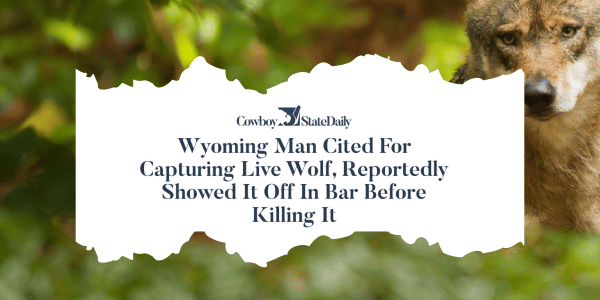Photo credit: Cesar Mendez
White-sided jackrabbit (Lepus callotis) | ESA status: petitioned for listing
White-sided jackrabbit
The white-sided jackrabbit is a long and lanky grassland dweller of the Chihuahuan Desert region. It is named for its distinctive white sides, which it “flashes,” possibly to distract predators. With fewer than 100 white-sided jackrabbits left in the United States, this rarely seen rabbit is fast becoming even rarer.
White-sided jackrabbit facts
The white-sided jackrabbit is almost exclusively nocturnal, hiding in stands of grass by day to avoid its predators. The jackrabbits don’t lack for company, however. Male and female jackrabbits usually travel together in pairs and rarely separate, even after breeding.
The jackrabbit has a pretty consistent meal plan; 99 percent of its diet is grass. But it has one trick to vary its diet; it is the only jackrabbit known to dig up the bulbous tubers of nutgrass for a snack.
White-sided jackrabbit habitat
This rabbit is found in a limited portion of North America stretching from New Mexico’s bootheel to Oaxaca, Mexico, along the eastern flank of the Sierra Madre Occidental. In the United States, its range is confined to an area of 46.3 square miles in New Mexico’s bootheel, in southern Hidalgo County. It is rarely seen in the United States, in part because there are fewer than 100 left, down from more than 300 in the late 1970s. It is likely gone altogether from one of the valleys it used to inhabit (the Playas Valley), and hangs on in just a single, confined area in the Animas Valley.
What are the threats to the white-sided jackrabbit?
This “handsome hare” (as Aldo Leopold described it) is an indicator of grassland health, as it needs pure stands of grass. Lacking this habitat, it disappears, replaced by the black-tailed jackrabbit, which does better than its cousin in degraded grasslands. Degraded grasslands are not in short supply due to a combination of livestock grazing, drought, climate change, and other factors. Researchers in Mexico estimate that the white-sided jackrabbit will lose some 60 percent of its range by 2050, thanks to climate change.
An increasing threat in the U.S. is road mortality due to collisions with Border Patrol vehicles. One scientist has warned that this threat alone could cause the species to vanish from the country.
What WildEarth Guardians is doing to preserve the white-sided jackrabbit
Despite the bleak outlook for this rabbit’s future, the U.S. Fish and Wildlife Service refused to list the white-sided jackrabbit under the Endangered Species Act. We are challenging the refusal of the Service to protect this imperiled jackrabbit and will continue to fight for its survival.
Historical Significant Actions
Guardians successfully crowdfunds a scientific expedition through New Mexico and into Mexico in order to study the white-sided jackrabbit and its habitat March 2014
U.S. Fish and Wildlife Service issues a negative listing determination for the white-sided jackrabbit September 2010
U.S. Fish and Wildlife Service issues a positive preliminary finding on the petition July 2009
WildEarth Guardians submits petition to list the jackrabbit under the Endangered Species Act October 2008
Wildlife Press: White-sided jackrabbit
Easter Bunny: Hopping Toward Extinction?
Group Presses Forward on Protection for Rare Southwestern Jackrabbit
Contact: Nicole Rosmarino 505-699-7404
